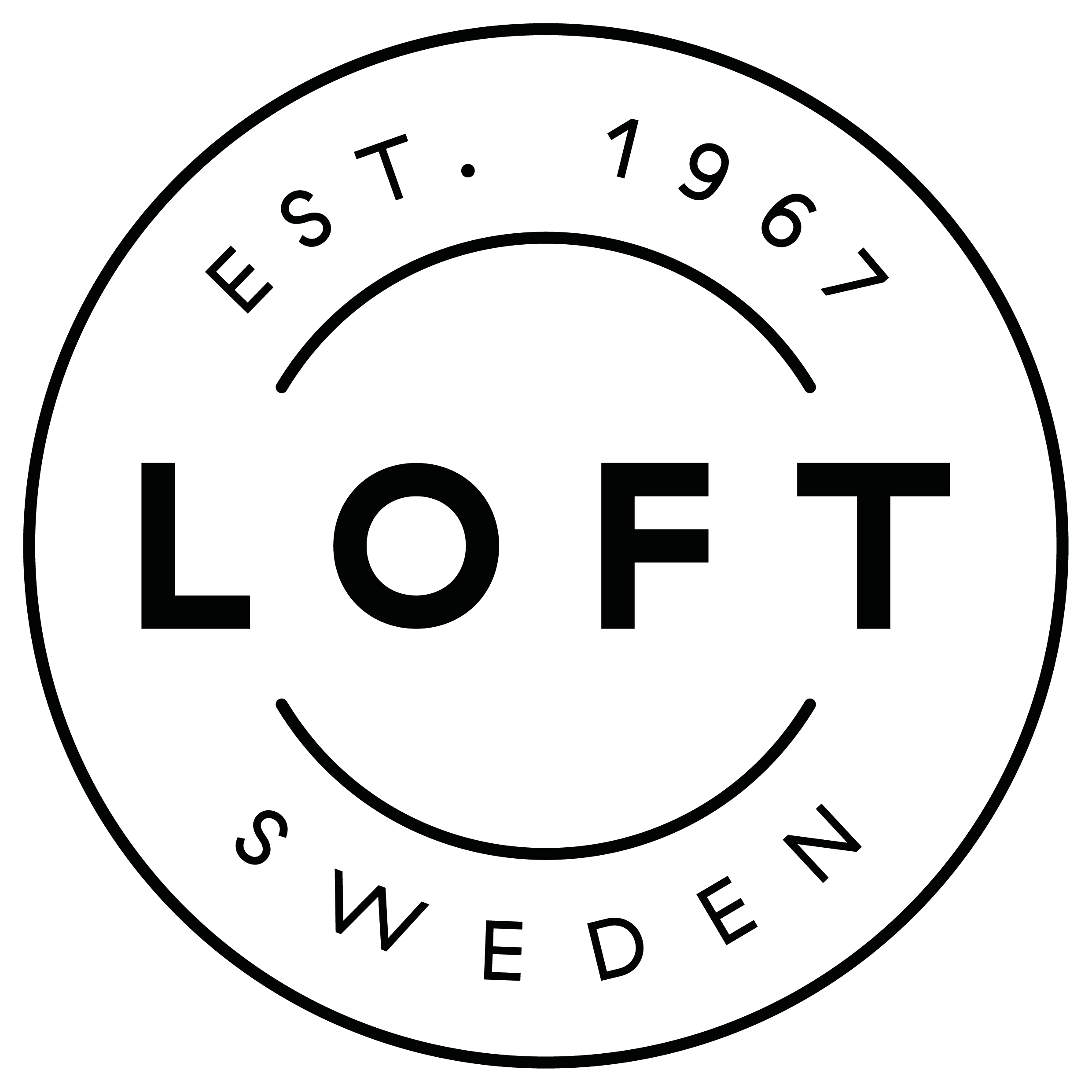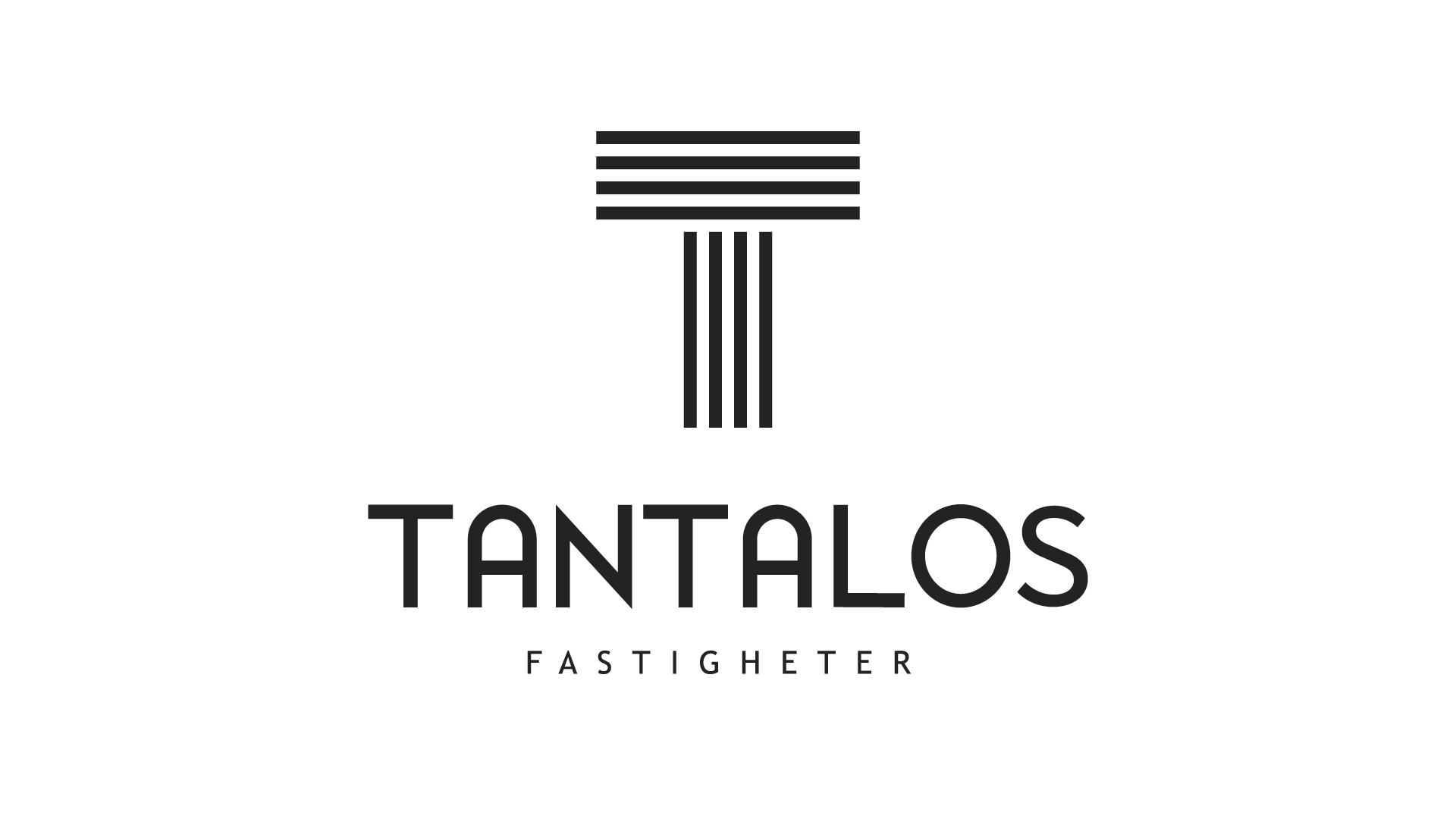
is a progressive architecture and urbanism practice, based in Stockholm, Sweden.
We believe that sustainable architecture is a myth. Sustainable architecture is to not build.
Manifest
Slowly but surely, it is becoming clearer and clearer that the planet cannot withstand the approach that Homo sapiens - the "wise" human - has had towards it for much of its existence. For thousands of years, the wise human has believed that nature is something they can dominate and manage for their own benefit. However, looking back in recent years feels like a never-ending nightmare for humanity. After a binge on oil and dreams of eternal growth, the global society is beginning to wake up to perhaps its worst hangover ever. As if headaches, nausea, and the collapse of organs one by one aren't enough, deep cracks have divided society into individual islands without a common ground to stand on.
Today, we live in a society that is built on narrow-minded principles, where our only measure to determine if an idea is worth investing in is turnover and return on investment. This applies to everything from toothpaste to education, healthcare, and of course, buildings. The use of this measure is not limited to the future but also to evaluate the justification for existing ideas. It is not enough for an idea to have proven to be profitable, but the return must also constantly increase for it to be considered successful. A constantly increasing return requires that the market for what is being sold constantly expands, in line with the demand for resources. One does not need to be a genius to understand that this is a recipe for disaster, at least if one happens to live on a planet with limited resources like our own.
Today, almost the entire world population are faithful followers of a global dualistic religion. Money and consumption seem to be the two gods that we all believe can save us. This economic system is the only religion that has managed to penetrate even the deepest corners of our privacy and integrity. It has been granted a free pass to continuously advertise and monitor you wherever you are, from when you sip your morning coffee to when you go to bed. Every targeted or indirect advertisement that you see - on TV, on your phone, or out in town - is a reminder. A call to prayer that reminds you that you are not enough as you are, and that your only path to happiness is to continue consuming.
Today, there are simply too many. With the American dream as the goal for global society and a growing population in developing countries also wanting a piece of the pie, we would need more than five planets to sustain ourselves with resources. A shift away from a growth-fixated system is therefore inevitable. Degrowth should guide the agenda. Those of us living in privileged parts of the world must start giving back. We must begin sharing based on a sense of gratitude for our privileges and an understanding that less prosperity in the West is a prerequisite for a more equitable global society tomorrow. For centuries, we have taken more than our ration coupons have allowed, resulting in an enormous debt. Just as wealth is passed down from generation to generation, so must debt be inherited. For the architect, this means shifting focus from new construction to another one of our shared legacies: the existing built environment.
Today, greenwashing appears as the official strategy for companies and states to capitalize on the prevailing climate anxiety. Despite every political party or major corporation endlessly bickering about sustainability, the development continues in completely the wrong direction. The concept of sustainability itself is one of the greatest misunderstandings of our time. Neither we, our buildings, our planet, nor even our universe are sustainable in the long run. Sustainable architecture is a myth and part of this fiction. The common understanding of sustainable architecture is that one can build something that can contribute positively to the environment, which has proven to be completely false. Reality has repeatedly shown that whatever we build harms more than it adds to the planet. Therefore, sustainable architecture means not building at all! A wise person in the East once said, 'all compounded phenomena are impermanent, they arise and disappear.' It is not the illusion of permanence that should be celebrated, but rather focusing on not harming each other and our fellow beings. In our office, the concept of sustainability has now been replaced by the less marketable/sexy but more honest term, harm reduction.
Today, for the sake of the future, we must stop digging our own graves. Continuing to search for solutions to our increasingly overwhelming challenges in returns, growth, and upward trends is counterproductive. There is also no purely architectural approach to solve the crisis we find ourselves in. However, what we do need are more architects, but above all, developers with ambitions beyond economic gain. They will play a significant role in a brighter future. A future where buildings and cities have ceased to be seen as financial instruments and have regained their revered role as our primary living environments. We need builders and architects whose passion is to create living environments that will stand for hundreds of years, not those who can only stitch together good deals. The third pillar of sustainability - the economic one - has undoubtedly taken precedence over the other two - the ecological and social. We need a construction industry that sees greatness and finds reward in the idea of "building spaces for fellow human beings, vessels where life will unfold," not in the money in the account.
Goals
Respect for life: Conscious of the suffering caused by the destruction of life, we want to protect the lives of humans, animals, and plants. We commit ourselves to ensuring that people's lives, directly or indirectly, are not threatened by the activities or projects we undertake. We also care about the lives of other species with whom we share our home - animals and plants. We respect and take care of the ecosystem and do our best to slow down the ongoing mass extinction. In cases where we choose to remove vegetation or compromise natural values, we will limit the negative impact we cause and compensate for the qualities we have taken away.
Justice and Generosity: We undertake to practice fairness and generosity towards people we work with: our colleagues, clients and suppliers. We must ensure that through our activities we do not take over anything that does not belong to us or something that someone else has a right to. This also includes that we take care of ourselves and make sure that we are not exploited for someone else's gain or in conflict with our ideals.
Honest relationships:We invest in long-term and transparent relationships that are based on mutual understanding and benefit. Both towards outsiders and among ourselves, we take responsibility for our relationships and avoid considering others and each other as interchangeable components in a machine.
Faithfulness:We undertake to maintain honest communication both internally and on our external channels. We refrain from greenwashing and must be honest about the positive and negative aspects of our projects.
Conscious consumption:Aware of the fact that everything we use has an origin, we care about the consumption we cause both in our business and our projects. Nothing is renewable and nothing comes for free. Concrete or wood, everything we design has a large footprint. We undertake that in our projects by:
- not prescribing unreasonable demolitions and discouraging our clients from doing so
- promoting refinement of existing buildings
- encouraging reuse of materials, furnishings and building elements
- being resource efficient in our projects, regardless of the choice of material
- prescribing materials that, to our knowledge, have a lower environmental impact
Trusted by











